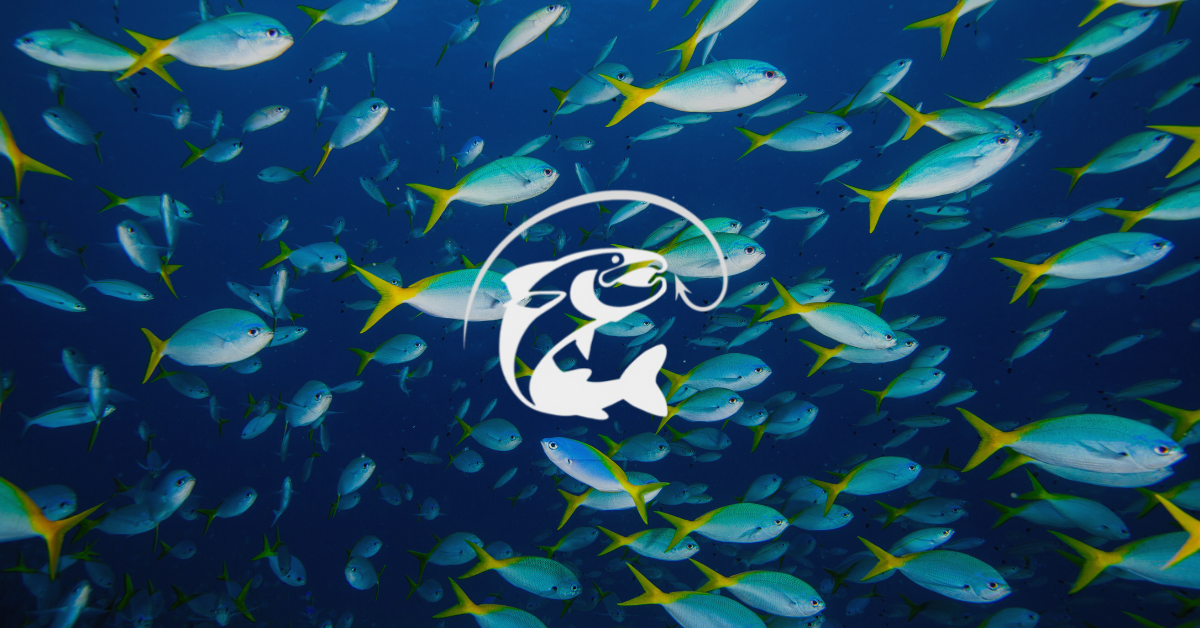
Introduction to Essential Fishing Equipment
Fishing is one of the oldest and most rewarding outdoor activities, enjoyed by millions across the globe. Whether you’re a seasoned angler or a beginner, having the right equipment is crucial for a successful fishing trip. In this article, we will explore essential fishing equipment, covering rods, reels, lines, hooks, lures, tackle boxes, nets, weights, floats, and the often-overlooked personal fishing equipment. Each component plays a vital role in ensuring an enjoyable and fruitful fishing experience.
Understanding the Basics: Rods and Reels
Two of the most fundamental pieces of fishing equipment are the rod and reel. These tools form the backbone of your fishing setup, and understanding their types and functionalities is crucial.
Fishing Rods
Fishing rods are available in various lengths and materials, typically fiberglass or graphite. The choice of rod depends on the type of fishing you plan to do:
- Spinning Rods: Suitable for beginners, they are versatile and can be used for almost any fishing scenario.
- Telescopic Rods:Telescopic rods are designed for each segment to collapse into itself until there there’s very little left. They are typically made of carbon fiber or carbon fiberglass.
- Fly Rods: Specifically designed for fly fishing, these are longer and more flexible.
Fishing Reels
These fishing equipment come in three main types:
- Spinning Reels: Easy to use and suitable for beginners, they provide versatility for a range of fishing scenarios.
- Baitcasting Reels: Better for experienced anglers, these reels allow for precise casting but require practice to master.
- Fly Reels: Used in conjunction with fly rods, these reels are lightweight and designed to hold fly line.
All About Fishing Lines and Their Importance
The fishing line is the connection between you and the fish. Choosing the right line is essential for success. Fishing lines come in various types, including:
- Monofilament: Affordable and easy to handle, it stretches slightly, providing some shock absorption.
- Fluorocarbon: Nearly invisible underwater and much less visible to fish, this line is perfect for clear water conditions.
- Braid: Strong and thin, braided line offers substantial strength and sensitivity but can be visible in clear water.
When selecting fishing lines, consider factors such as strength, visibility, and stretch. Matching the right line with your rod and reel setup can significantly enhance your fishing experience.
Unveiling the Variety of Fishing Hooks
No fishing setup is complete without hooks. They come in various sizes and styles, each serving a specific purpose. Understanding the types of hooks can guide you in choosing the best fit for your fishing needs:
- J-Hooks: Versatile and commonly used for various types of bait and fishing techniques.
- Circle Hooks: Designed to hook fish in the corner of the mouth, leading to less gut hooking and better catch-and-release practices.
- Treble Hooks: Featuring three points, they increase the chances of hooking fish but may be harder to remove.
The Role of Bait and Lures: What You Need to Know
Bait and lures play critical roles in attracting fish. Understanding the differences can help you choose the right option based on the species you want to target:
- Live Bait: Includes worms, minnows, and insects. It is highly effective for many species.
- Artificial Lures: Crafted from materials like plastic and metal, these can mimic the movement and appearance of bait.
When fishing for species such as bass, trout, or catfish, experimenting with different baits and lures can help you discover what’s most effective in your area.
Importance of Fishing Tackle Boxes and Bags
A well-organized tackle box or bag is essential for any angler. It keeps your fishing equipment safe, organized, and ready for your next fishing adventure. When choosing a tackle box or bag, consider:
- Size: Ensure it has enough compartments for hooks, lures, and other small items.
- Material: Look for durable, water-resistant materials to protect your gear from moisture.
- Portability: A comfortable carry handle or shoulder strap can make transportation easier.
Investing in a quality tackle box or bag not only keeps your equipment organized but also enhances your efficiency when out fishing.
Navigating Through Different Types of Fishing Nets
Fishing nets are essential for landing fish and come in various types for different fishing methods. Here’s a breakdown of some common nets:
- Landing Nets: Used to land fish after reeling them in; typically feature a wide, shallow design.
- Cast Nets: Circular nets thrown over a school of fish, effective for catching baitfish.
- Dip Nets: Often used in conjunction with traps or to scoop fish from a boat or shoreline.
Choosing the right net based on your fishing technique can significantly ease the process of catching and handling fish.
The Significance of Fishing Weights and Floats
Weights and floats play essential roles in determining how your bait or lure behaves in the water. Understanding their functions is vital:
- Weights: Help to sink your bait to the desired depth and can vary in shape and size.
- Floats: Indicate when a fish is biting and can help keep your bait at a specific depth.
Common types of weights include slip weights, split shots, and egg sinkers, while floats range from bobbers to foam floats. Depending on your fishing style, accurately using weights and floats can improve your odds of landing a fish.
The Need for Personal Fishing Equipment
Fishing isn’t just about the fishing equipment used to catch fish; personal fishing equipment also plays a crucial role in your comfort and safety:
- Clothing: Wear weather-appropriate attire that provides protection from the elements and allows for ease of movement.
- Footwear: Waterproof boots or shoes can keep you dry while providing traction on slippery surfaces.
- Sun Protection: Use sunscreen, sunglasses, and hats to protect yourself from prolonged sun exposure.
Investing time and resources into your fishing equipment is just as critical as selecting the right rods and reels.
Conclusion
Choosing the right fishing equipment can be the difference between a successful trip and a frustrating day on the water. From understanding rods and reels to selecting the proper lines, hooks, and personal gear, each element contributes to a fulfilling fishing experience. As you venture out to fish, remember the importance of each piece of equipment and how they work together. With the right knowledge and gear in hand, you’re well on your way to enjoying the serene and exciting world of fishing. So, gear up, head out, and make some unforgettable memories by the water! Get your website with Invenex Solutions



2 comments
SaifAuthor
One of the best fishing equipment stores in India. They have the best fishing equipment in India.
Mahesh MAuthor
Great read. Good grasp on needed fishing equipment. Highly recommended.